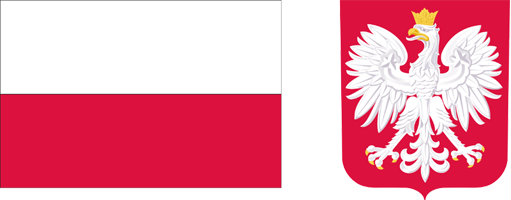Binge drinking among adolescents: role of temperament, family environment and peers
1
University of Szczecin, Institute of Psychology, Department of Clinical Psychology and Psychoprophylaxis
These authors had equal contribution to this work
Submission date: 2024-05-24
Final revision date: 2024-09-29
Acceptance date: 2024-10-02
Online publication date: 2025-10-31
Publication date: 2025-10-31
Corresponding author
Krystian Konieczny
University of Szczecin, Institute of Psychology, Department of Clinical Psychology and Psychoprophylaxis
University of Szczecin, Institute of Psychology, Department of Clinical Psychology and Psychoprophylaxis
Psychiatr Pol 2025;59(5):755-768
KEYWORDS
TOPICS
ABSTRACT
Objectives:
Adolescence is a development stage between childhood and adulthood, which involves the intense physical, mental, and social development of a person. Adolescents are at risk of engaging in risky behaviours, most notably the use of psychoactive substances, including binge drinking. Factors involving family, peers and individual differences may protect this age group from or put them at risk of abusing alcohol. The aim of the study was to describe the relation between temperament, family and peer factors, and the frequency of binge drinking among adolescents.
Methods:
The survey was conducted among 825 students of primary and secondary schools in Szczecin (West Pomeranian Voivodeship, Poland), aged 13–16 (13.83 years old, 52.2% boys). The EATQ-R: “The class towards me” (A) and “I towards the class” (B), Family Assessment Scales (SOR) based on FACES IV and an original survey were used in the study.
Results:
Statistically significant links were found between the manifested temperament features and the prevalence of adolescent binge drinking. Relevant relations were found between the assessment of family functioning and family behaviour. It was also revealed that the way the leisure time was spent with friends was strongly associated with the prevalence of binge drinking.
Conclusions:
The studied areas indicate existing relationships between the selected variables.
Adolescence is a development stage between childhood and adulthood, which involves the intense physical, mental, and social development of a person. Adolescents are at risk of engaging in risky behaviours, most notably the use of psychoactive substances, including binge drinking. Factors involving family, peers and individual differences may protect this age group from or put them at risk of abusing alcohol. The aim of the study was to describe the relation between temperament, family and peer factors, and the frequency of binge drinking among adolescents.
Methods:
The survey was conducted among 825 students of primary and secondary schools in Szczecin (West Pomeranian Voivodeship, Poland), aged 13–16 (13.83 years old, 52.2% boys). The EATQ-R: “The class towards me” (A) and “I towards the class” (B), Family Assessment Scales (SOR) based on FACES IV and an original survey were used in the study.
Results:
Statistically significant links were found between the manifested temperament features and the prevalence of adolescent binge drinking. Relevant relations were found between the assessment of family functioning and family behaviour. It was also revealed that the way the leisure time was spent with friends was strongly associated with the prevalence of binge drinking.
Conclusions:
The studied areas indicate existing relationships between the selected variables.
Share
RELATED ARTICLE
We process personal data collected when visiting the website. The function of obtaining information about users and their behavior is carried out by voluntarily entered information in forms and saving cookies in end devices. Data, including cookies, are used to provide services, improve the user experience and to analyze the traffic in accordance with the Privacy policy. Data are also collected and processed by Google Analytics tool (more).
You can change cookies settings in your browser. Restricted use of cookies in the browser configuration may affect some functionalities of the website.
You can change cookies settings in your browser. Restricted use of cookies in the browser configuration may affect some functionalities of the website.


